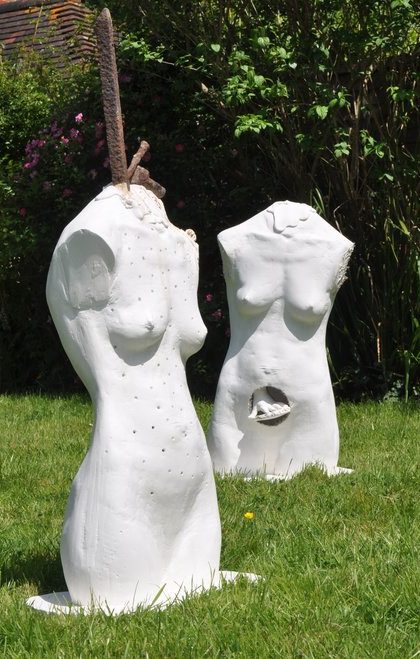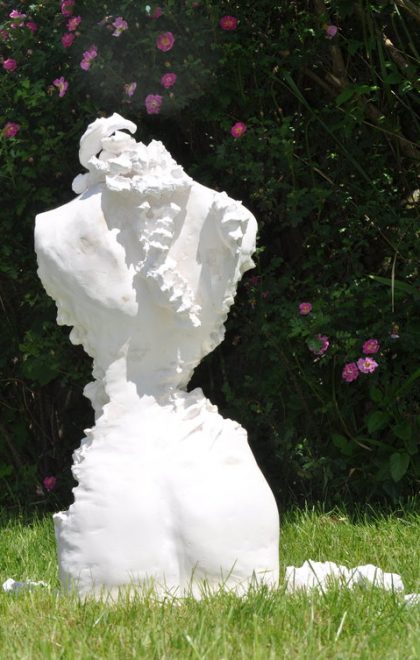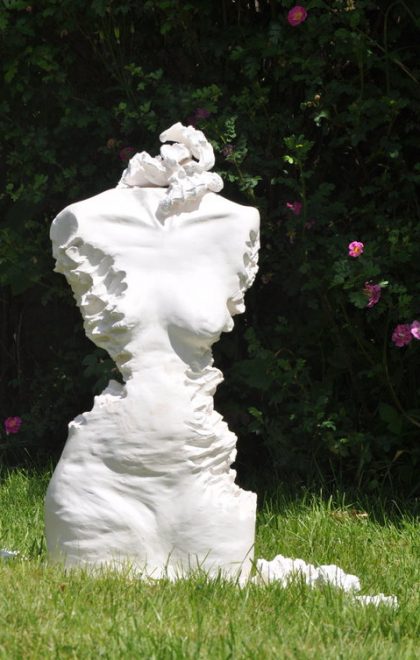Philippa Kate Weaver
Born in 1973 in Kamuli, Uganda
Currently lives and works between London and Surrey, UK
Philippa Kate Weaver works across sculpture, text, installation, and film. Weaver’s art reflects a woman’s experience of life. It celebrates the power of narrative and the act of making. Weaver’s work sees the female body as a representation of experience. It deals with the manner in which our bodies reflect the pain and joy of our lives.
Weaver uses film to create narratives based on collaboratively crafted scripts that reflect, and often undermine, the ideas, assumptions and symbolism that is associated with gender.
The artist works with clay, plaster, metals and resins to create sculptures that echo a particular life experience, often linked to a particular mythology or semiotic. She interprets theoretical ideas and images of the feminine, the feminist, and the female to find links between creativity and memory.
Who is your shero and why?
Marguerite Amanda Smith. She worked tenaciously to build homes for the aged of South Africa and the AIDS orphans they care for.
How does the work you are presenting exemplify the theme of ‘sheroes’?
‘I Claw Away My Skin’ is a study of rape. The torso is a visceral representation of mental anguish, preserved as a traditional antiquity as though it is representative of the norm. Raped women are Sheroes because they find a way to survive.
Philippa is the artist representing Forward FGM, (Foundation for Women’s Health Research and Development) an organisation committed to gender equality and safeguarding the rights of African girls and women.



